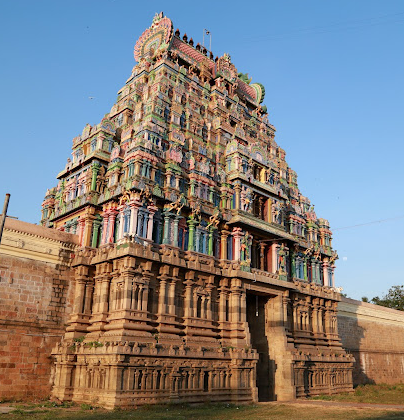Indira faced a battle against demons and, with the help of Emperor Muchukunda, emerged victorious. In gratitude, Indira offered a gift to Muchukunda and asked what he desired. The emperor requested the Shivalinga in Indira's possession, which was worshipped by Lord Vishnu. Indira, unwilling to part with the original Linga, tricked Mushukunda by commissioning the divine sculptor Mayan to create six replicas. However, Mushukunda recognized these as fakes. To resolve the situation, Indira finally presented the original Shivalinga alongside the six replicas, totaling seven. The original Shivalinga resides in Tiruvarur, while the other six are installed in various temples known as the Saptha Vidanga Sthalams. The seven locations are:
- Veedhi Vidangar in Tiruvarur
- Nagara Vidangar in Tirunallur
- Sundara Vidangar in Nagapattinam
- Avani Vidangar in Thirukkuvalai
- Neela Vidangar in Tiruvaimur
- Bhuvani Vidangar in Vedaranyam
- Adi Vidangar in Thirukkaravasal
These Lingas are small enough to be held in a hand, and the temples are revered as places where Lord Shiva is worshipped as Thiyagarajar.
Administration History :
The administration of the temple has evolved through various historical periods, with significant contributions from the Chola, Pandya, and Nayaka dynasties. Kings like Kulothunga Chozha III and Rajendra Chozha I recorded their endowments and support for temple activities through inscriptions. The temple served as a center for cultural and religious gatherings, reflecting the community's devotion. Over the centuries, various rulers and patrons have ensured its maintenance and significance as a spiritual landmark.
